SOURCE: IDRW.ORG TEAM
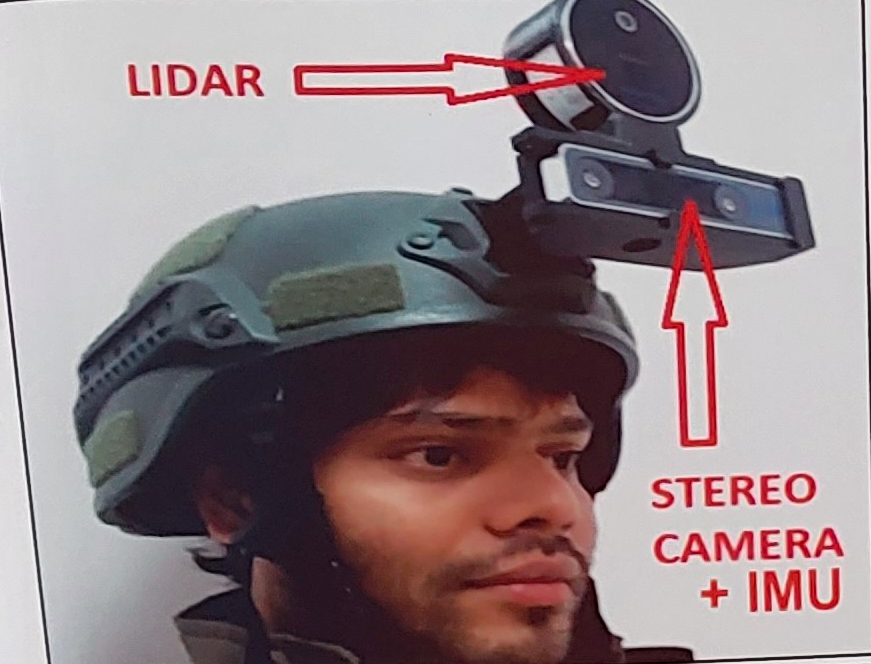
The future of warfare is here, and it’s smarter than ever. India’s Defence Research and Development Organisation (DRDO) is at the forefront of this revolution with its groundbreaking Internet of BattleField Things (IoBT) technology. This cutting-edge system, spearheaded by the prestigious Centre for Artificial Intelligence and Robotics (CAIR), promises to transform battlefield awareness and empower soldiers with unprecedented situational intelligence.
Imagine a soldier equipped with a helmet that not only protects their head but also acts as a digital brain, providing real-time tactical information and tracking enemy movements with uncanny accuracy. DRDO’s IoBT makes this a reality with its Smart Helmet. This helmet boasts an array of sensors and AI algorithms that work together to create a comprehensive picture of the battlefield:
Continue readingSOURCE: RAUNAK KUNDE / NEWS BEAT / IDRW.ORG

India’s dream of a domestically-built fifth-generation fighter jet, the Advanced Medium Combat Aircraft (AMCA), remains grounded, despite four years of discussions with major Private aerospace companies. The Special Purpose Vehicle (SPV) model, envisioned as a public-private partnership to drive the program, seems to be facing significant roadblocks.
The SPV model was designed to leverage private sector expertise and efficiency while maintaining government oversight. It proposed a majority stake for private companies, entrusting them with not only airframe, avionics, and accessory development but also jet assembly, after-sale support, and even export marketing rights. This ambitious plan, however, has met with resistance.
Continue readingSOURCE: RAUNAK KUNDE / NEWS BEAT / IDRW.ORG
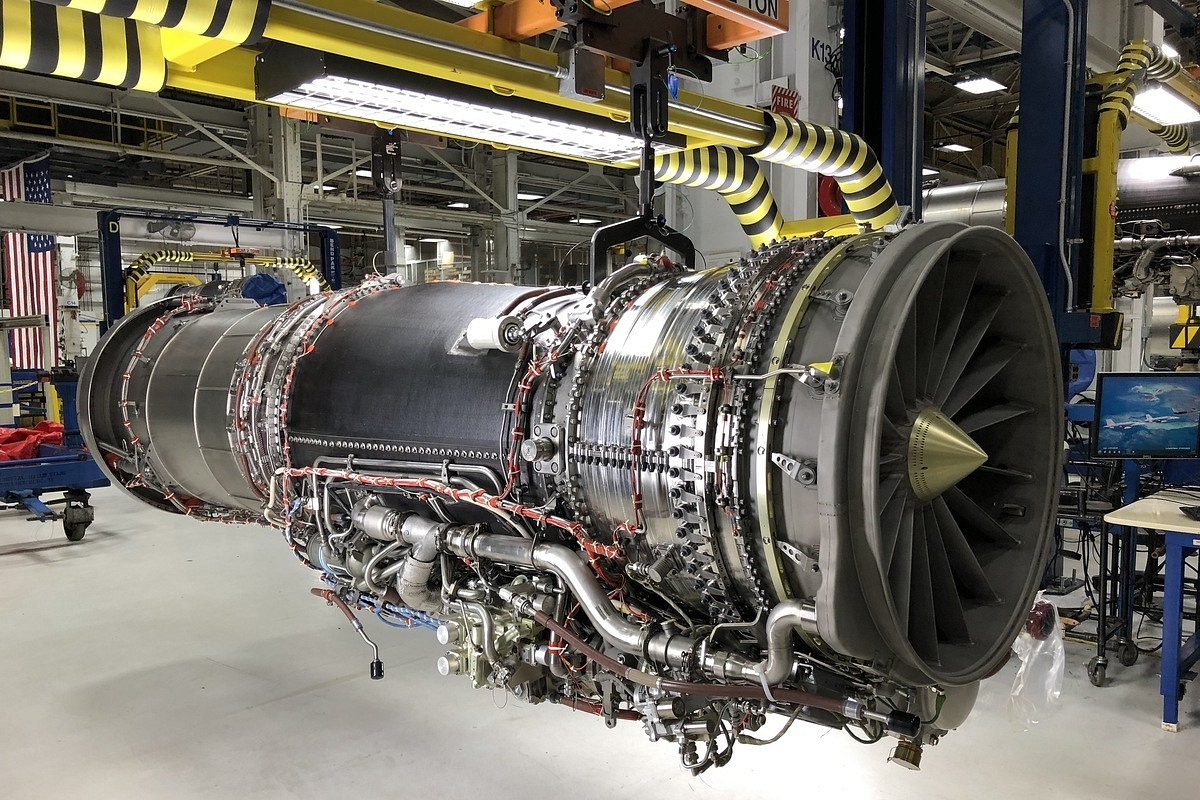
India’s quest for self-reliance in fighter jet engine technology receives a boost as Navratna defence firm MIDHANI will be stepping in to supply critical components for the US-made F414 engine. This move opens doors for domestic production of the engine, powering various advanced fighter jets like the Tejas MkII, TEDBF, and AMCA MkI.
MIDHANI will be supplying high-performance Hastelloy X nickel-based superalloys, crucial for the F414 engine’s hot sections due to their exceptional heat resistance and strength.
Continue readingSOURCE: RAUNAK KUNDE / NEWS BEAT / IDRW.ORG
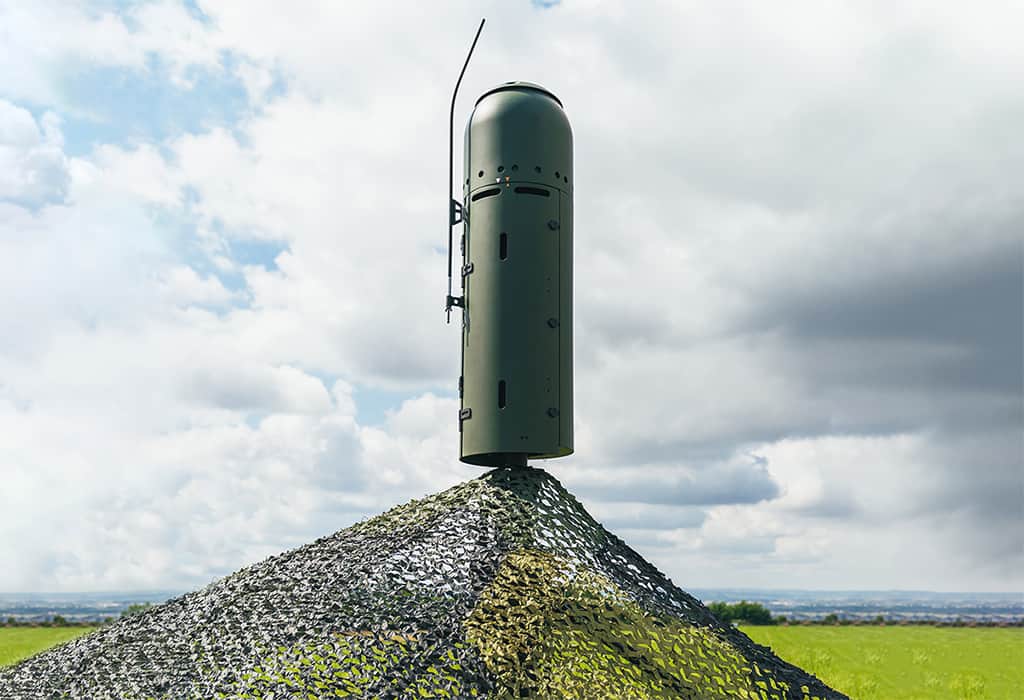
The Indian Ministry of Defence (MoD) has issued a Request for Information (RFI) for the procurement of approximately 10-20 Passive Surveillance Systems (PSS) to be used by the Indian Air Force. This move signifies a significant step towards enhancing India’s air defence capabilities.
Passive Surveillance Systems (PSS) are land-based systems that detect and track aerial targets by passively listening to their emissions, such as radar signals, radio communications, and even engine noise. Unlike active radar systems that emit their signals, PSS are stealthy and undetectable by most radar systems.
Continue readingSOURCE: IDRW.ORG TEAM

Adani Defence, the company that recently delivered the first Drishti-10 drones (Hermes 900) Medium Altitude Long Endurance (MALE) Unmanned Aerial Vehicles (UAVs) to the Indian Navy, is making significant strides in enhancing the indigenous content levels of these UAVs. With plans to increase the current indigenization content from 70 percent to an impressive 80-90 percent in the next few years, Adani Defence is positioning itself as a key player in the domestic and global UAV manufacturing landscape.
The delivery of the Drishti-10 drones marked a milestone for Adani Defence, showcasing its capabilities in providing cutting-edge technology to the Indian Navy. The Medium Altitude Long Endurance UAVs, based on the Hermes 900 platform, have garnered attention not only for their performance but also for the significant contribution to indigenous manufacturing.
Continue readingSOURCE: IDRW.ORG TEAM
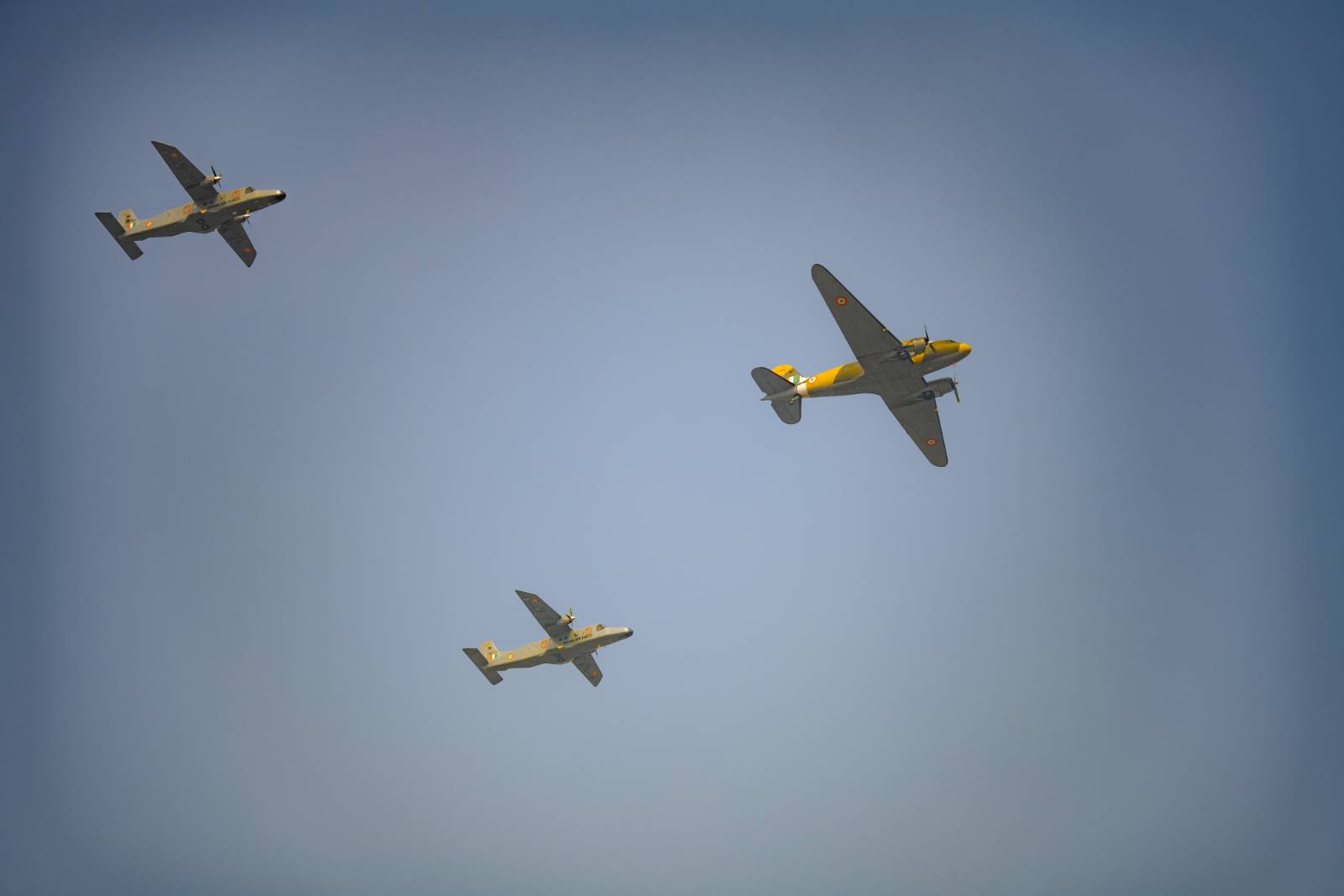
This Republic Day, the Indian Air Force (IAF) will take to the skies with a unique formation that seamlessly blends the past, present, and future of Indian aviation. The “Tangail” formation, named after the historic airstrip in Bangladesh, will showcase a legendary aircraft alongside two modern jets embracing a sustainable future.
At the heart of the formation will be the venerable Douglas DC-3 Dakota. Affectionately nicknamed the “Gooney Bird,” this iconic transport aircraft served as the workhorse of the IAF for over six decades, playing a crucial role in wartime missions and peacetime operations. Its distinctive silhouette, now a symbol of Indian aviation history, will once again grace the Republic Day skies, evoking memories of its illustrious service.
Continue readingSOURCE: RAUNAK KUNDE / NEWS BEAT / IDRW.ORG

The Indian Air Force’s dream of a domestically-built fifth-generation fighter jet, the Advanced Medium Combat Aircraft (AMCA), inches closer to reality, albeit with a revised timeline. According to DRDO Chief Dr. Samir V Kamat, the AMCA Phase-I, equipped with the GE-F414 engine, could take its first flight within seven years, with the first induction potentially happening ten years down the line.
This revised timeline, however, sparks questions. Earlier, DRDO had confidently claimed a three-year timeframe for the first flight after receiving Cabinet Committee on Security (CCS) clearance. With CCS approval still pending and a budget of Rs. 15,000 crore requested, the wait for the AMCA seems to be stretching.
Continue readingSOURCE: RAUNAK KUNDE / NEWS BEAT / IDRW.ORG
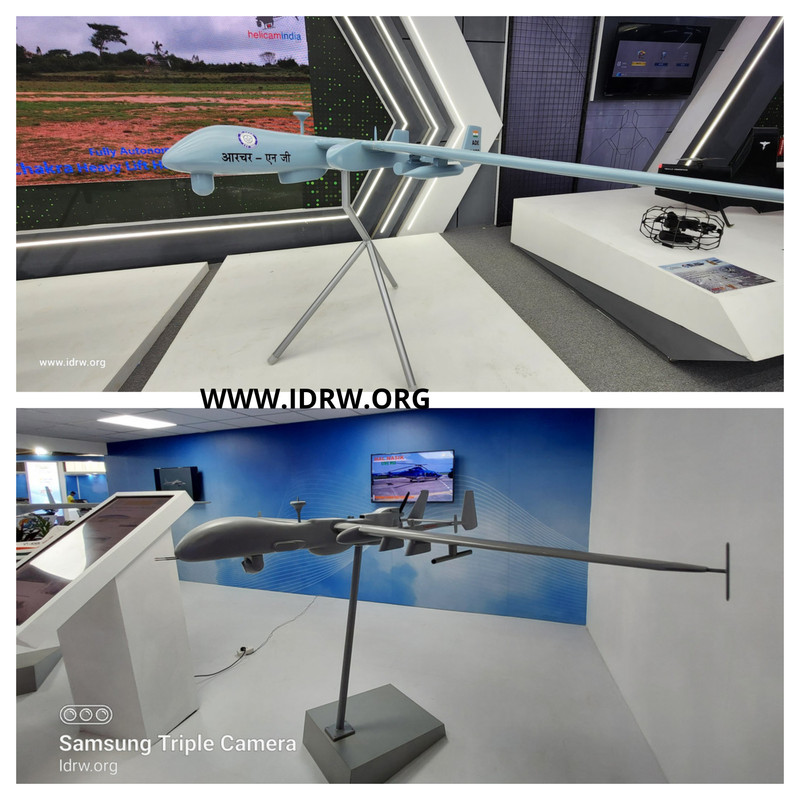
India’s ambitious plans to acquire 155 Medium-Altitude Long-Endurance (MALE) Unmanned Aerial Vehicles (UAVs) for its armed forces might see a split order, with domestic and Israeli options vying for dominance. This development comes amidst the recent crash landing of the Tapas MALE UAV Program, a setback for India’s indigenous program, and a boost for Israeli companies like Elbit and IAI, which have already secured emergency deals for their Hermes-900 and Heron-MkII drones.
The Adani Group’s domestically produced Hermes-900 has secured orders from the Indian Army and Navy, while the Indian Air Force (IAF) has picked the Heron-MkII from IAI. IAI has further sweetened the deal by offering local manufacturing of the Heron-MkII in collaboration with HAL. This immediate access and proven performance of Israeli drones have tilted the scales in their favour in the short term.
Continue readingSOURCE: RAUNAK KUNDE / NEWS BEAT / IDRW.ORG
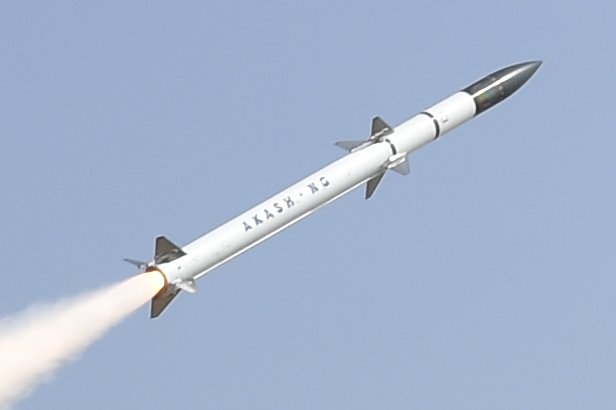
The Russia-Ukraine war has painted a stark picture on the battlefield: missile-based air defence is no longer optional, it’s essential. The proliferation of cheap drones wreaking havoc on expensive air defence systems has driven home a crucial point – nations need affordable, locally produced missiles to counter this emerging threat. Enter the Akash-NG interceptor, a game-changer for India’s air defence capabilities.
The Akash-NG’s arrival couldn’t be more timely. Its focus on tackling smaller aerial threats like drones, UAVs, and rockets aligns perfectly with the evolving battlefield landscape. With its advanced tracking and engagement capabilities, it promises to be a formidable shield against these low-cost, disruptive technologies.
Continue readingSOURCE: IDRW.ORG TEAM

The skies are heating up! MBDA, a European missile giant, is gearing up for the next leg in the Beyond Visual Range Air-to-Air Missile (BVRAAM) race with its MICA Next Generation (MICA-NG). This ambitious project promises to bridge the gap between existing technologies, offering operators like India’s Rafale fighter jets a potent new weapon in their arsenal.
Current MICA missiles, available in both infrared (IR) and radio frequency (RF) variants, fall short of the expected range for modern BVRAAMs, maxing out at 80 km. While the ultra-long-range Meteor reigns supreme with its 200+ km reach, its hefty price tag makes it a costly option. MICA-NG aims to strike a balance, delivering a whopping 160 km range at a significantly lower price point.
Continue readingSOURCE: IDRW.ORG TEAM
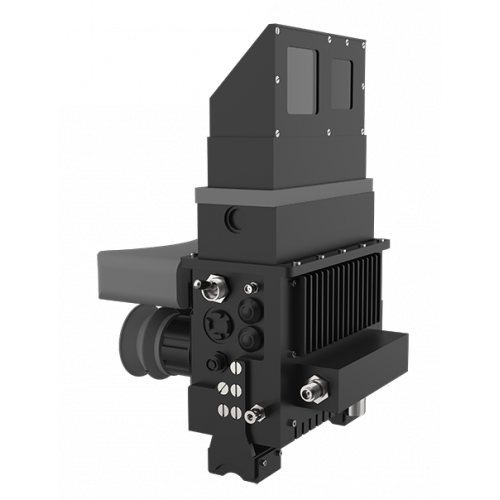
The Ministry of Defence (MoD) of India is embarking on a major initiative to improve the nighttime operational capabilities of its armored vehicles. They are seeking to procure approximately 2500 Thermal Imager (TI)-based Driver Night Sights (DNS) for three different platforms: BMP-2/2K Infantry Fighting Vehicles, Armoured Ambulance Tracked (AAT) vehicles, and Carrier Mortar Tracked (CMT) vehicles.
The procurement plan emphasizes self-reliance, aligning with the “Make in India” and “Atmanirbhar Bharat” programs. This implies that the TI-based DNS systems must be manufactured within India, fostering domestic capability development in this critical defense technology sector.
Continue readingSOURCE: RAUNAK KUNDE / NEWS BEAT / IDRW.ORG

Hyderabad-based startup Paninian India Private Limited is making waves in the Indian aerospace industry with its ambitious engine development projects. Having completed the “conceptual validation” of its 4.5 kN Turbojet Engine, the company is now focused on building the prototype. But their vision extends beyond this initial engine, targeting an even more powerful 8.5 kN Turbofan.
This larger engine, according to Paninian, is specifically designed to propel the “Bigger CATs Warrior,” a more potent strike variant of the Unmanned Teaming System (UTS) currently under development by HAL-NewSpace Research. Sources reveal that Paninian has proactively offered its engine to HAL for consideration, confident in its capabilities to meet the demanding requirements of the Warrior UAV.
Continue readingSOURCE: RAUNAK KUNDE / NEWS BEAT / IDRW.ORG
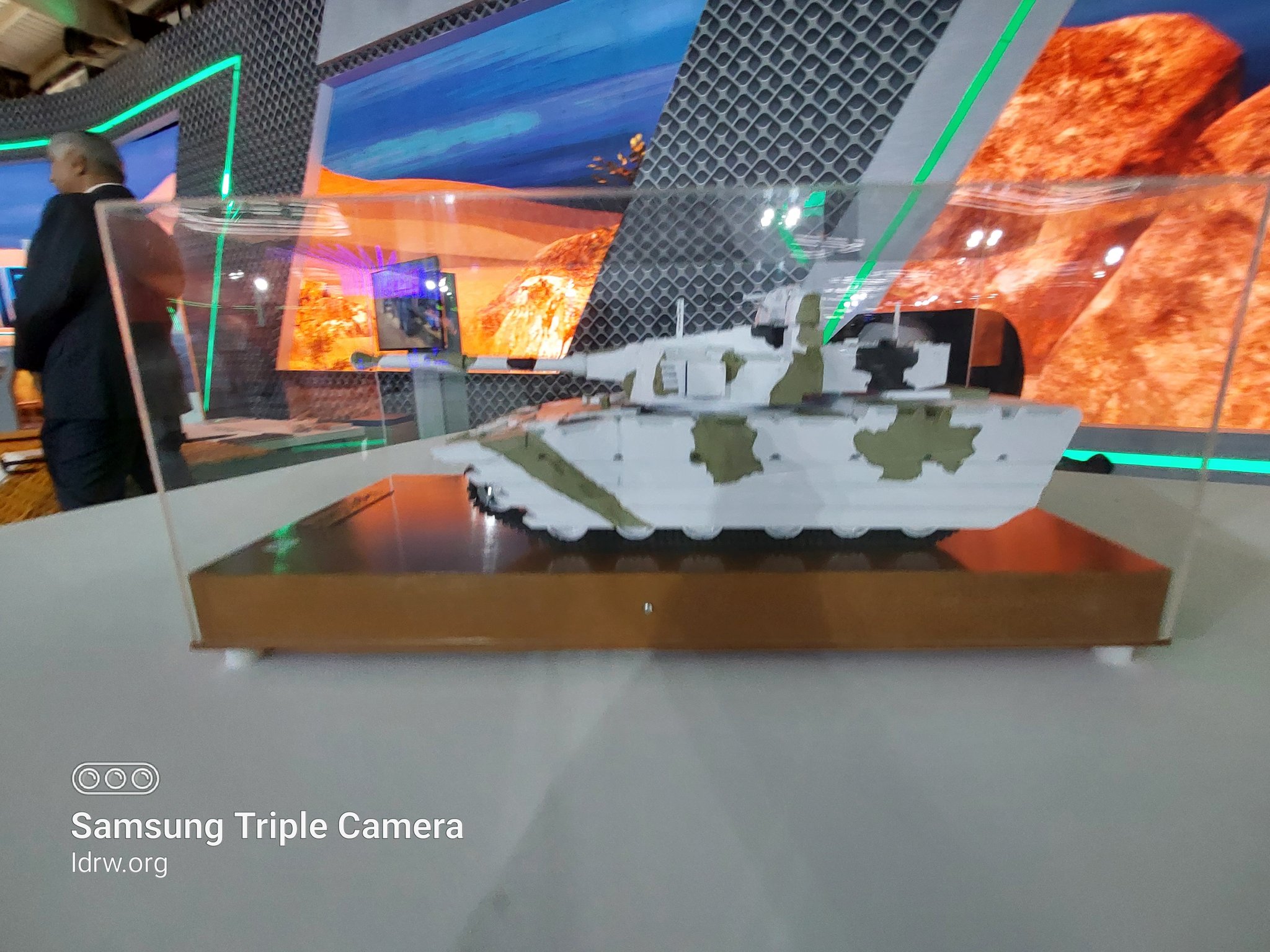
The Indian Army’s quest for a potent light tank for Himalayan warfare takes an intriguing turn with news of two competing 105mm guns vying for the final slot. On one hand, DRDO, in collaboration with Pune-based Bharat Forge, is developing a domestic gun, aimed at self-reliance. On the other hand, media reports suggest the initial prototypes of the “Zorawar” tank might utilize a 105mm gun from Belgian firm John Cockerill.
Reports suggesting a Belgian 105mm gun for the Zorawar prototypes are currently unclear. While the initial prototypes might not feature the indigenous gun, it’s highly likely to be integrated into the production variant, marking a critical milestone in India’s defence technology.
Continue readingSOURCE: RAUNAK KUNDE / NEWS BEAT / IDRW.ORG
The Defence Research and Development Organisation (DRDO) is gearing up for a significant leap in India’s indigenous aero engine development with the construction of a Twin Test Cell facility at the Gas Turbine Research Establishment (GTRE) in Bangalore. This state-of-the-art facility, slated for completion by late 2025, will play a crucial role in testing and refining cutting-edge aero gas turbine engines for future Indian fighter jets and military aircraft.
The Twin Test Cell, as the name suggests, will comprise two separate test cells. Each cell will be equipped to handle engines with a thrust class of up to 130 kN, making it a significant upgrade from existing facilities. This increased capacity will allow DRDO to test and develop engines for a wider range of military aircraft, including future generations of fighter jets with enhanced power and performance.
Continue readingSOURCE: IDRW.ORG TEAM

Engine Factory Avadi (EFA), a pillar of India’s military might, has achieved a landmark feat: 100% indigenization of the UTD 20 engine, powering the backbone of India’s armored fleet – the BMP infantry combat vehicles and other battle support vehicles. This accomplishment marks a significant stride towards self-reliance in critical defense technology.
The UTD 20 engine is a potent workhorse, delivering the muscle needed for these versatile combat vehicles to navigate challenging terrain and engage in intense operations. Its robust design and reliable performance have been proven under demanding conditions, making it a trusted asset for the Indian Army.
Continue reading